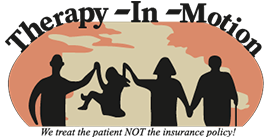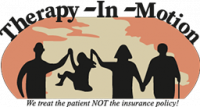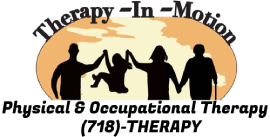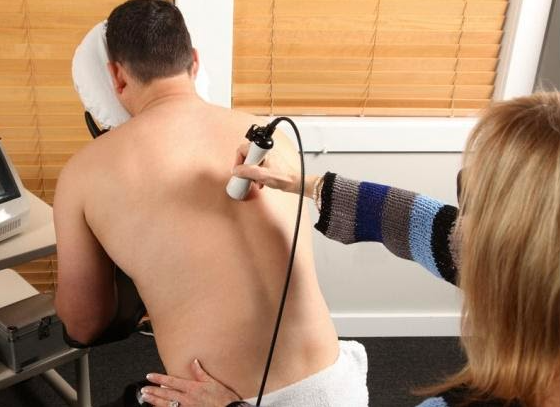
Laser Treatment For Pain Relief: A Non-Invasive Treatment for Pain Relief
By: Dr. Abe Kopolovich, DPT, MBA, JD-IP
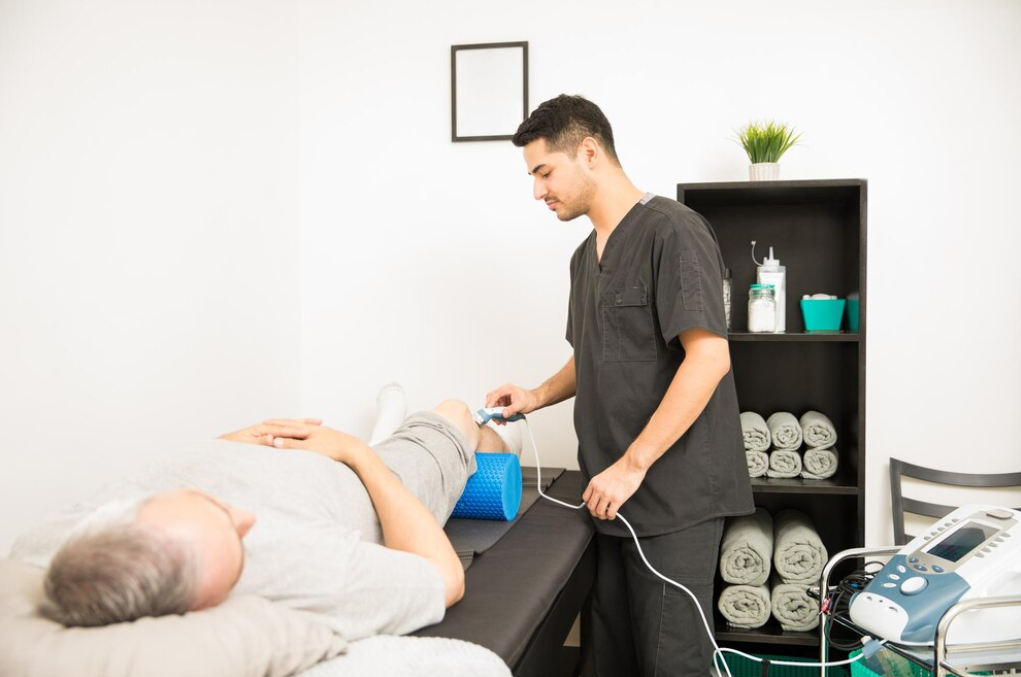
Laser therapy is a non-invasive treatment that uses light to reduce inflammation and pain, accelerating healing, and stimulating nerve regeneration. It has been shown to be effective for a variety of conditions, including neck, back, and joint pain; peripheral neuropathy; tendonitis; bursitis; capsulitis; strains; sprains; and repetitive motion injuries.
The ability of the laser treatment for pain relief to enter the body is determined by its wavelength and strength. Laser energy penetrates like x-rays after it enters the infrared spectrum and wavelengths over 800 nanometers, however it requires a lot of power or energy to reach depth.
Laser Classes Used in Physical Therapy
Laser energy penetrates the tissues and interacts with cells in a number of ways. It can reduce nerve sensitivity, increase blood flow, and stimulate collagen production, a protein essential for healing.
Physical therapy uses two different types of lasers: class 3 and class 4.
Class 4 laser in physical therapy is one that has a power of greater than 500 milliwatts (mw). Class 3 lasers have a power of less than 500 mw.
Low-level laser therapy, or LLLT, is another name for the therapy that uses Class 3 lasers and is frequently referred to as cold laser for physical therapy. On the other hand, high-power laser treatment, or HPLT, is another name for class 4 laser therapy.
The majority of neuro-musculoskeletal conditions respond better to a higher power and a higher dosage, which is a function of power output and time. A laser treatment with a power of at least thirty watts will produce the greatest results.
A 30-watt laser therapy for ten minutes will generate 18,000 joules, which has a strong anti-inflammatory, pain-relieving, and healing impact.
After one or two sessions, patients often start to feel better, however five or more may be required to address the issue. Generally speaking, additional treatments are required for injuries that are more severe and persistent.
Properties of High-Power Laser Therapy
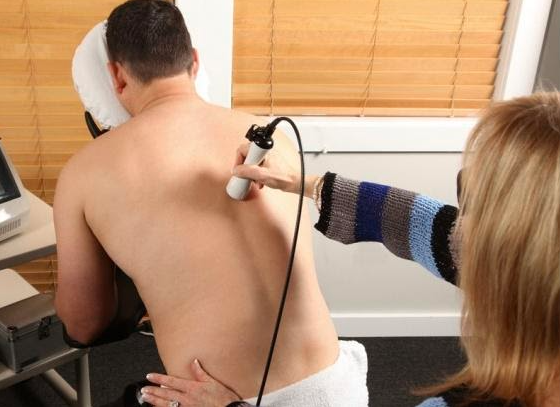
- Pain Relief: By lowering the neurotransmitter that causes pain, bradykinin, lasers reduce nerve sensitivity. It releases endorphins, the body’s natural painkiller, and enkephalins linked to endorphins that have an analgesic effect. It also normalizes ion channels, which are cellular gatekeepers. Additionally, it blocks particular nerve fibers that cause pain.
- Anti-inflammatory/Healing: Laser energy raises ATP, or stored energy. The abbreviation for adenosine triphosphate is ATP. The cell’s healing activities are sped up by this extra energy. Widening of the arteries and veins surrounding the injury is another effect of physical therapy with laser, which aids in increasing nutrition and oxygen and removing injured cellular waste. An increase in white blood cell activity speeds up the healing process.
- Accelerated Tissue Repair and Cell Growth: Laser light’s photons speed up cellular development and reproduction by penetrating deep into tissue. The cells of muscles, tendons, ligaments, and nerves heal more quickly after being exposed to laser treatment physiotherapy.
- Improved Vascular Activity: In injured tissue, laser light promotes the growth of new capillaries, hastening the healing process and causing wounds to heal more quickly.
- Trigger and Acupuncture Points: Painful trigger points can be effectively eliminated with laser treatment. In addition, it works well to stimulate acupuncture sites without causing the same level of discomfort as needling.
- Reduced Fibrous Tissue Formation: Laser use in physiotherapy lessens the amount of scar tissue that forms after tissue injury from burns, scrapes, cuts, repetitive motion injuries, and surgery.
- Faster Wound Healing: The components of collagen are stimulated by laser light, which is important in the repair of injured tissues. The vital protein collagen is needed to restore damaged or aging tissue and heal wounds. Consequently, the laser works well on burns and open wounds.
- Stem Cell Activation: The number of stem cells rises as a result of the laser pain reduction therapy, improving recovery.
Conditions Treated with Laser Therapy
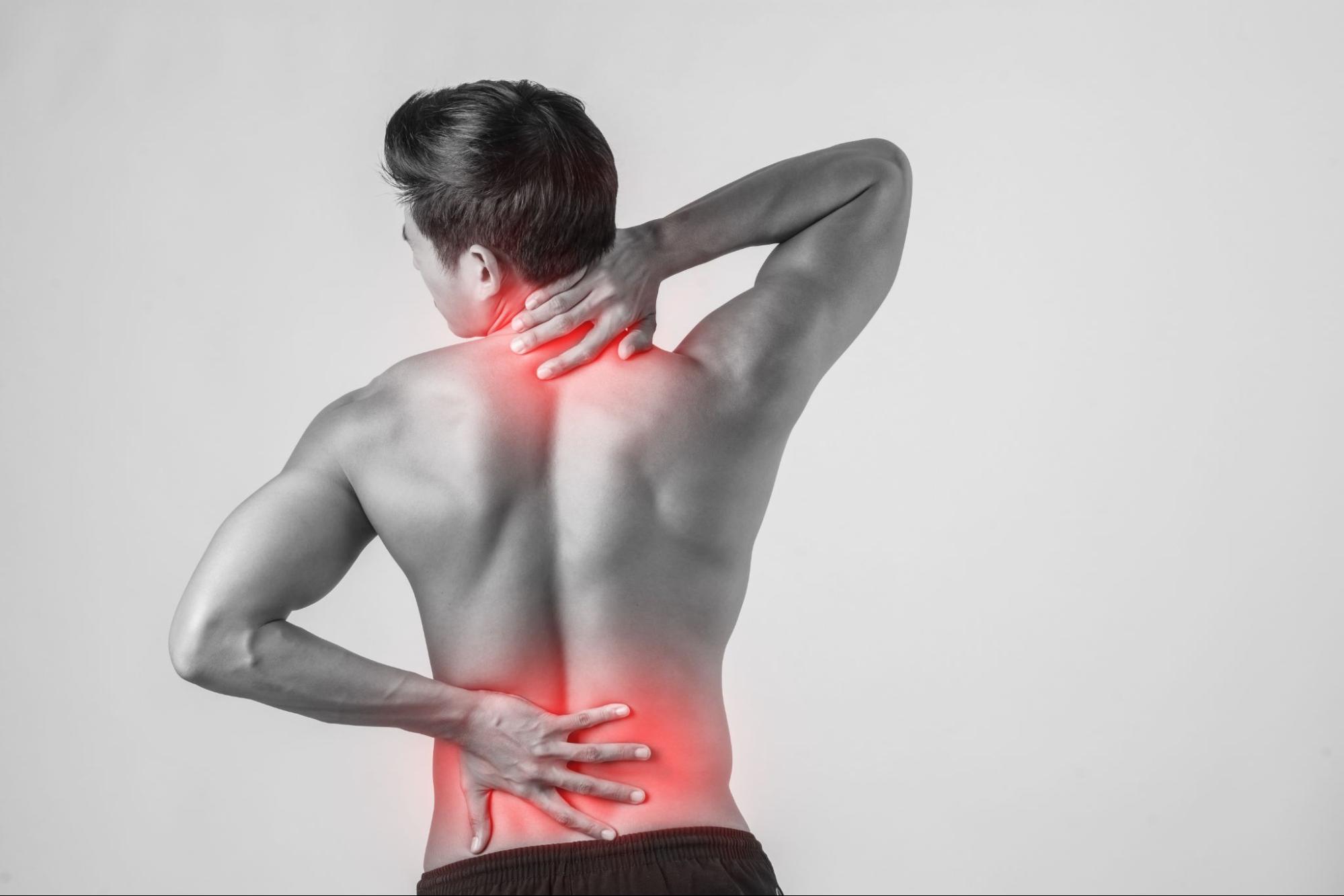
Physical Therapy clinics are the usual places to find high-power lasers. Laser treatment often produces fast relief from neck, back, or joint discomfort.
Additionally, inflammatory disorders such as bursitis, tendinitis, capsulitis, and peripheral neuropathy respond well to laser treatment. He said that sprains, strains, and repetitive motion injuries may all be effectively treated with laser treatment for pain relief since they all have an inflammatory component.
There isn’t a specific illness that laser treatment works better for. Individual healing rates can vary, thus some people may respond to the same disease more quickly than others.
Laser therapy is stand-alone treatment but rehabilitative exercise therapy is the perfect complement.
Laser Therapy Precautions
Laser therapy treatments are typically painless and non-invasive. During treatment, the therapist will direct the laser beam at the affected area. The length of treatment will vary depending on the condition being treated.
Laser therapy is generally safe for most people. However, there are a few precautions that should be taken. Laser therapy should not be used over malignancies, pacemakers, spinal stimulators, or over the midsection of pregnant women. Additionally, both the patient and therapist must wear eye protection during treatment.
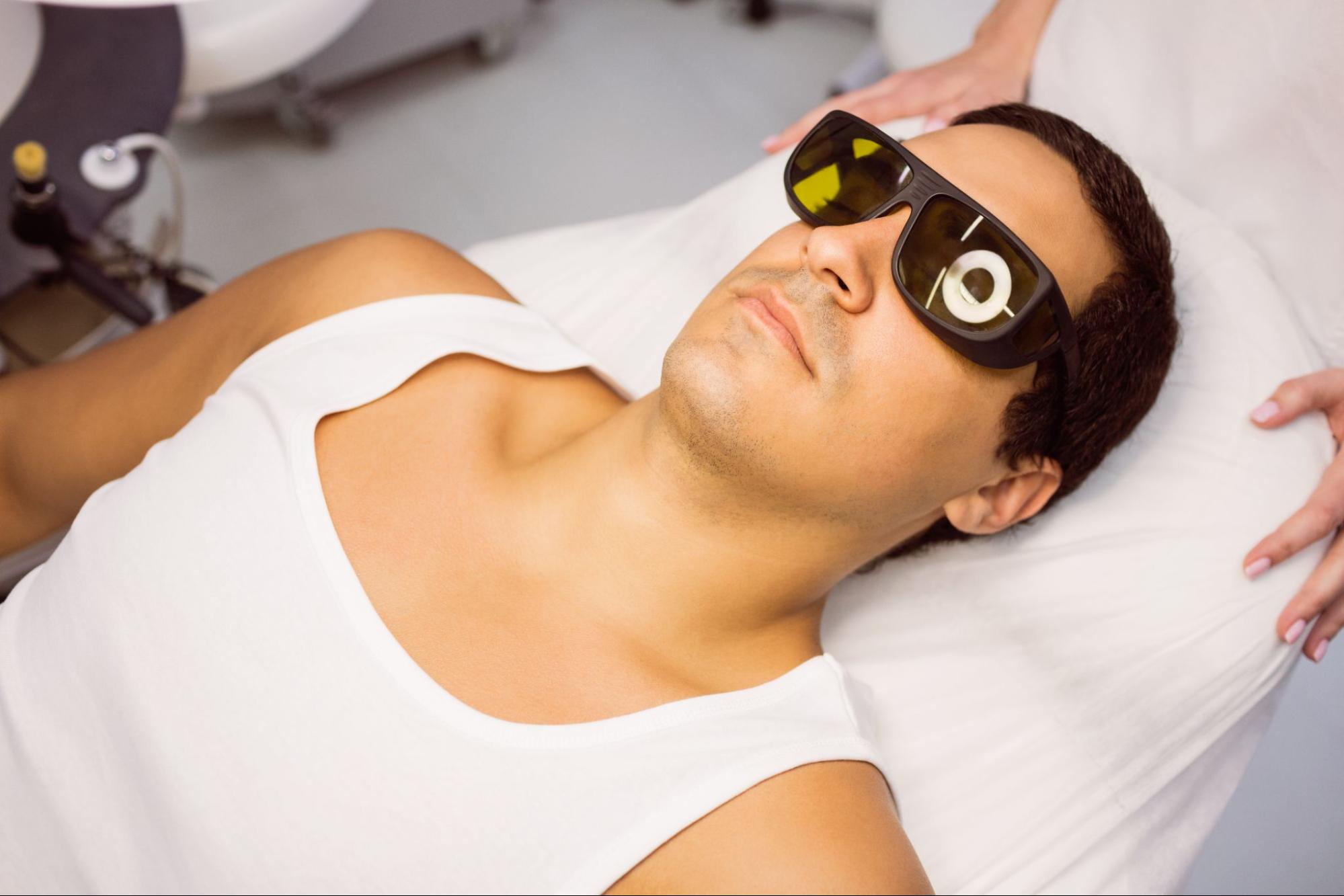
Laser Treatment For Pain Relief
The best type of laser therapy for you will depend on your individual condition and goals. If you have a mild condition, LLLT may be sufficient. If you have a more severe condition, HPLT may be more effective.
High-power laser therapy is one of the fastest, most effective modalities therapists currently have to treat pain and inflammation. Unfortunately, laser therapy is not covered by insurance, and high-power lasers can be difficult to find because they are expensive.
Laser therapy is a safe and effective treatment for a variety of pain and inflammatory conditions with minimal side effects. If you are considering laser therapy. Ready to experience the benefits of high-power laser therapy? Schedule an appointment with a therapist today!

